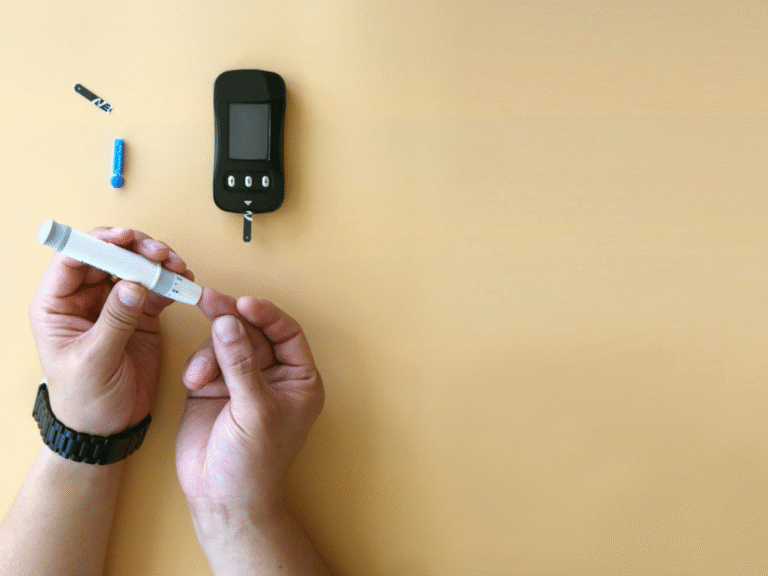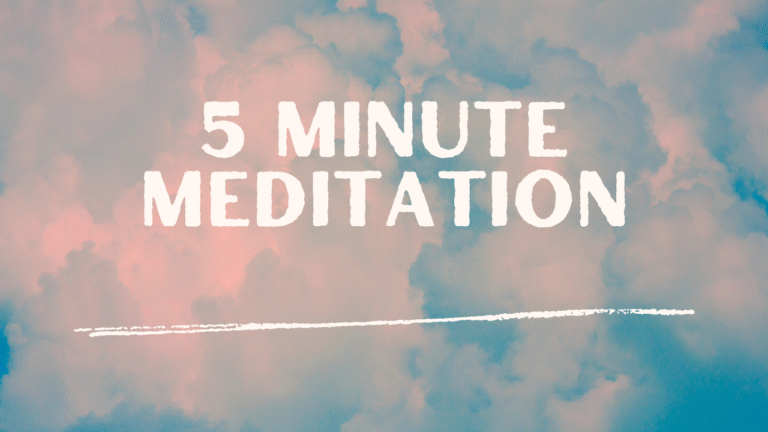Generalized Anxiety Disorder (GAD): How CBT Works?
If you struggle with Generalized Anxiety Disorder (GAD), you know it’s more than just being stressed. It’s that constant, nagging worry about everything—work, health, family, or money—that feels impossible to turn off. This never-ending dread, often mixed with physical symptoms like tense muscles, restless feelings, and exhaustion, can make everyday life feel draining.
While medication can certainly help, the most effective and lasting treatment for GAD is a type of talk therapy called Cognitive Behavioral Therapy (CBT). CBT isn’t just about venting; it’s a practical, skills-based approach that helps you find the ‘off switch’ for worry by targeting the patterns of thinking and behavior that keep the anxiety cycle going.
Why Worry Sticks Around: The CBT View
CBT starts with a simple idea: It’s not the event itself that makes you anxious, but how you think about the event. For people with GAD, this means getting stuck in loops of negative, worst-case-scenario thinking, also called catastrophic thinking.
But here’s a key part of GAD: many people secretly believe that worrying is helpful. They might think, “If I worry about it, I’ll be prepared,” or “My worrying is the only thing stopping something bad from happening.” In reality, this “helpful” worrying is actually a form of avoidance. It prevents you from having to face life’s uncertainties directly, but it just traps you in an exhausting cycle of mental effort.
CBT teaches you to recognize these unproductive thinking patterns and replace them with something healthier.
Part 1: Retraining Your Brain (Cognitive Techniques)
The core of CBT is cognitive restructuring, which means learning to challenge your anxious thoughts. Instead of instantly believing your worried thoughts are facts, you learn to treat them like guesses that need to be tested.
Here are the main tools you learn:
- The Evidence Check: Your therapist helps you ask: “What real proof do I have that this bad thing will happen?” and “What evidence suggests it probably won’t, or that I can handle it?” This forces your brain to move away from pure emotion and look at the facts.
- De-Catastrophizing: This involves facing your absolute worst fear and then creating a realistic plan for what you’d do if it actually happened. Often, just planning for the worst-case scenario makes it seem much less terrifying and more manageable.
- Analyzing the ‘Helpfulness’ of Worry: This technique makes you look at your worry like a chore. You ask, “Has this particular worry actually helped me solve a problem, or has it just made me miserable?” You quickly learn that most chronic worrying is just mental noise.
By practicing these steps, you start to see that your anxious predictions are almost always bigger than the actual risk, and you start to trust your ability to cope.
Part 2: Changing Your Actions (Behavioral Techniques)
Worry is often a way to avoid feeling uncertain. People with GAD hate not knowing what’s coming next, so they try to control things by over-planning, asking for constant reassurance from others, or checking things repeatedly (these are called safety behaviors).
CBT uses practical strategies to help you get comfortable with uncertainty:
- Worry Time: Instead of letting worry spill over into your whole day, you schedule a specific, short block of time (say, 15 minutes) each day just for worrying. If a worry pops up outside that time, you jot it down and tell yourself, “I’ll deal with this later in Worry Time.” This trains your brain that you are in charge of your thoughts, not the other way around.
- Dropping Safety Behaviors: You work on gently giving up the habits that make you feel temporarily safe but keep the anxiety alive. This might mean deciding to only check your work email three times a day instead of thirty, or not asking your partner for reassurance that you’re doing a good job.
- Exposure to Uncertainty: This is where you intentionally put yourself in small situations where you don’t know the outcome—like sending a text without proofreading it five times, or deciding on dinner five minutes before you eat. This teaches you that you can handle feeling uncertain without falling apart.
A Lasting Solution
CBT is so successful because it gives you a tool kit. It doesn’t just treat the symptoms; it teaches you how to be your own therapist. Research shows that people who complete CBT are less likely to relapse than those who rely solely on medication because they have learned powerful, practical skills they can use for the rest of their lives to keep their worries in check.
This approach gives you back control and helps you live a life defined by your values, not by your fears.







